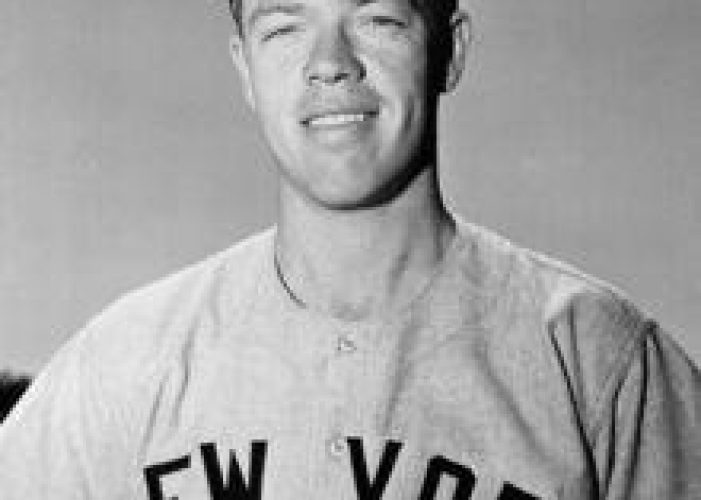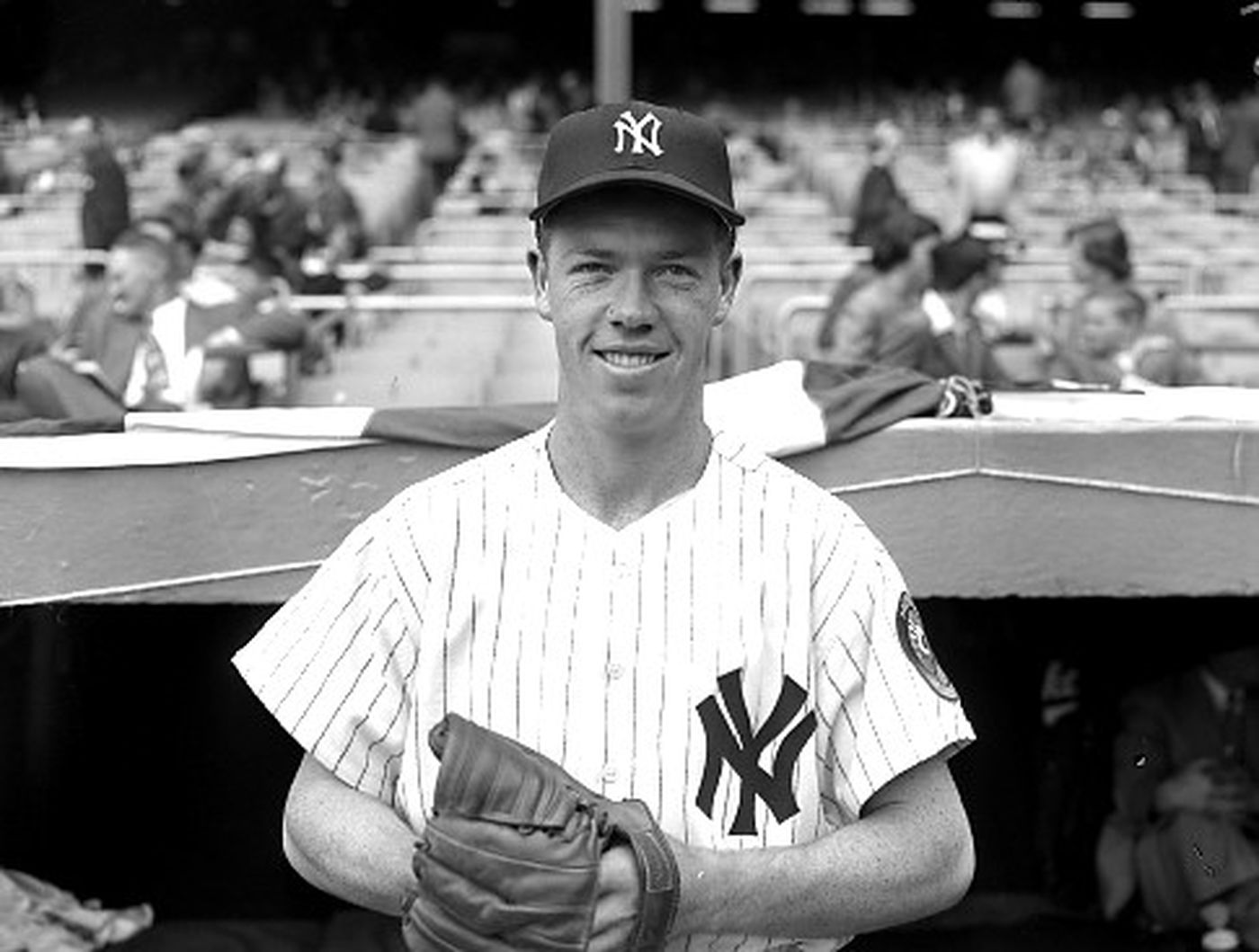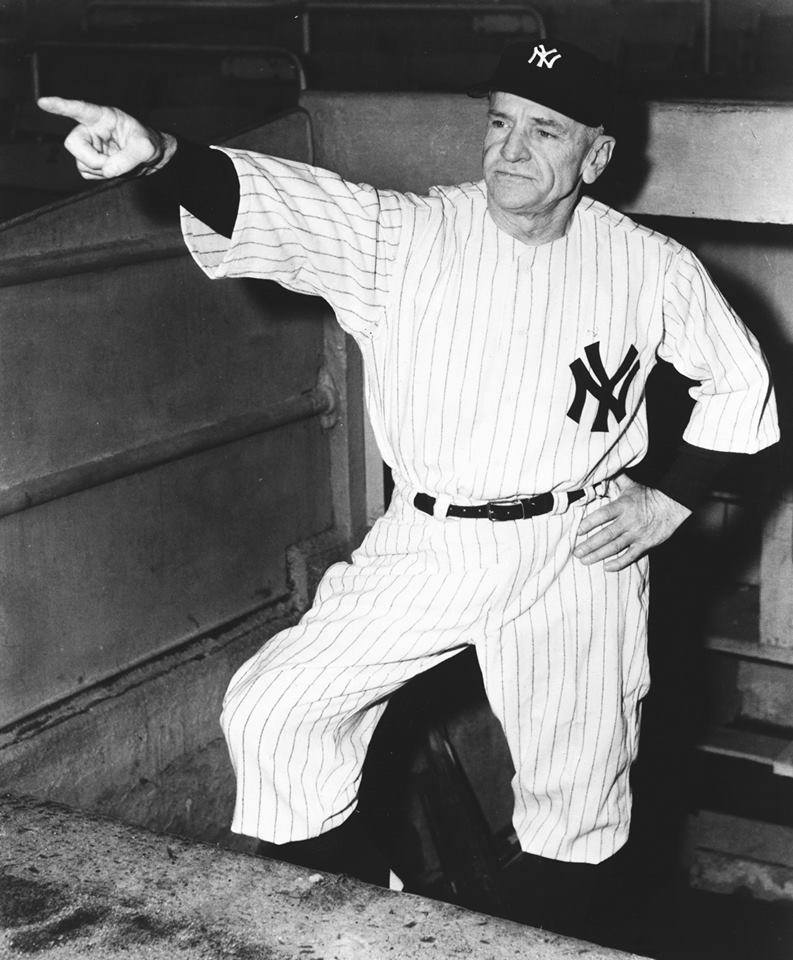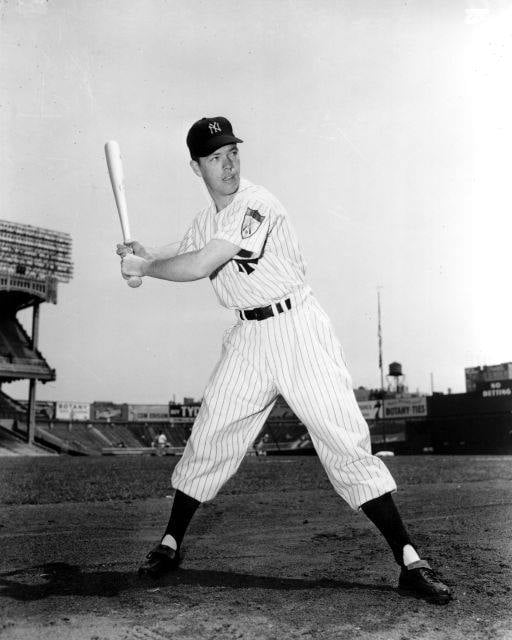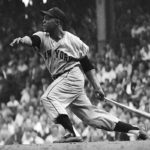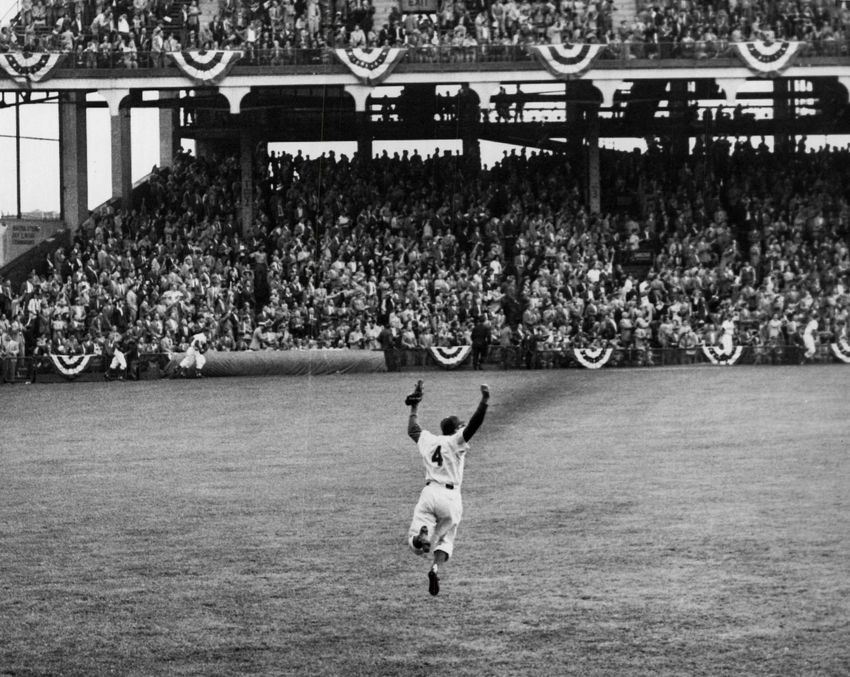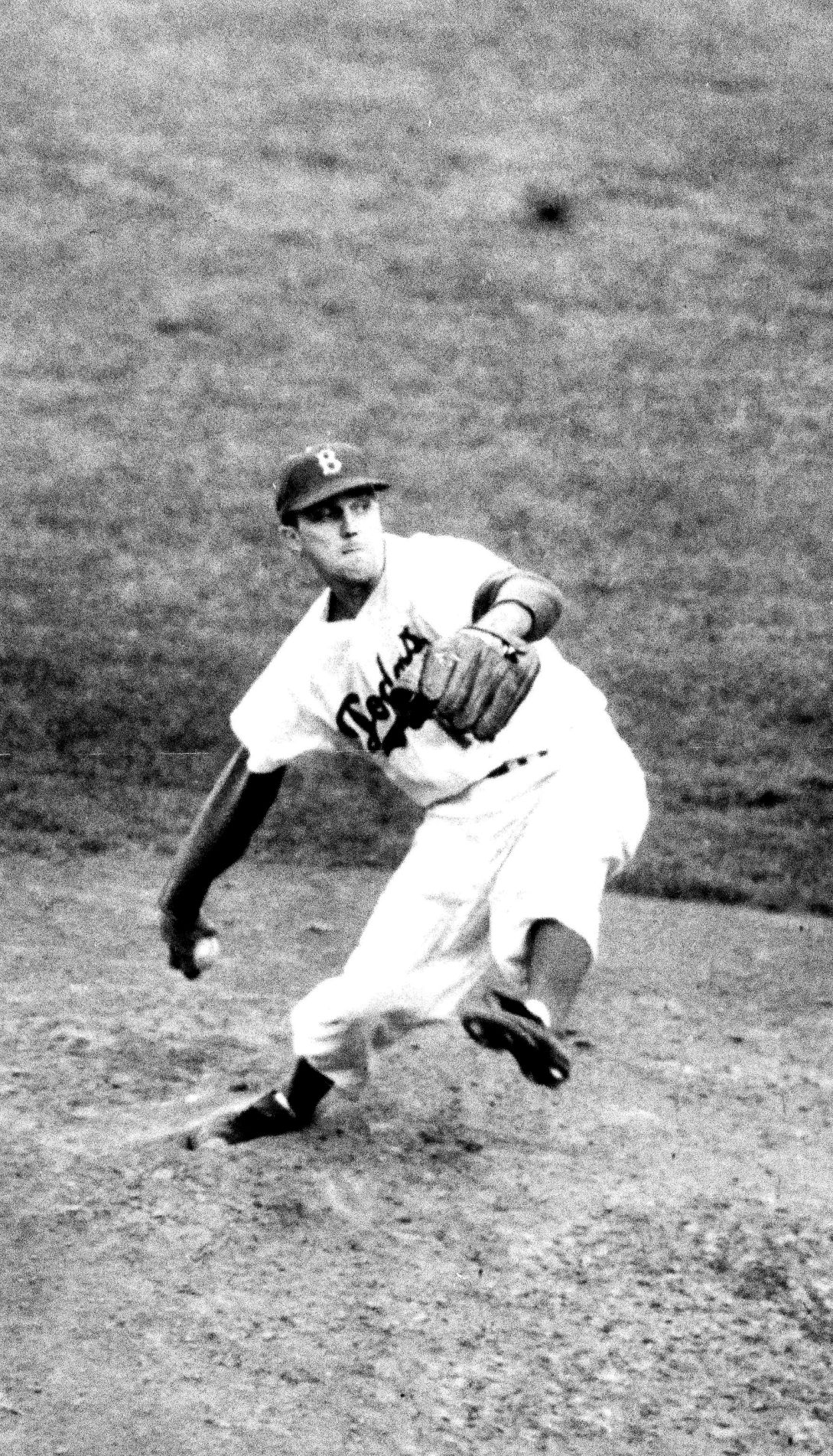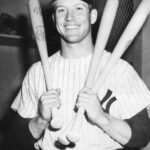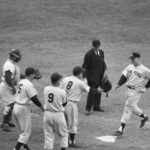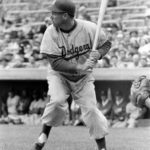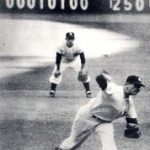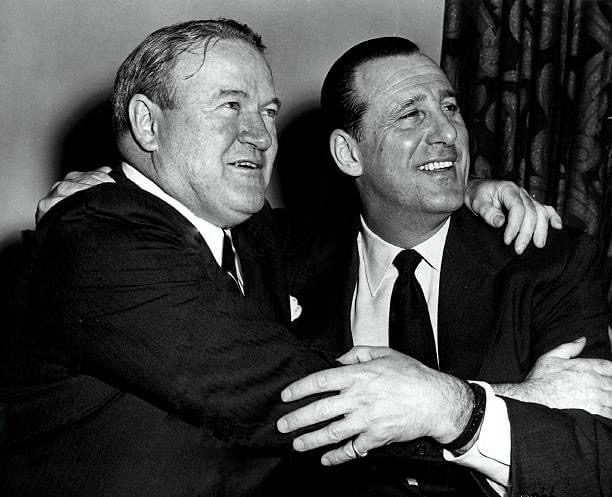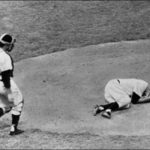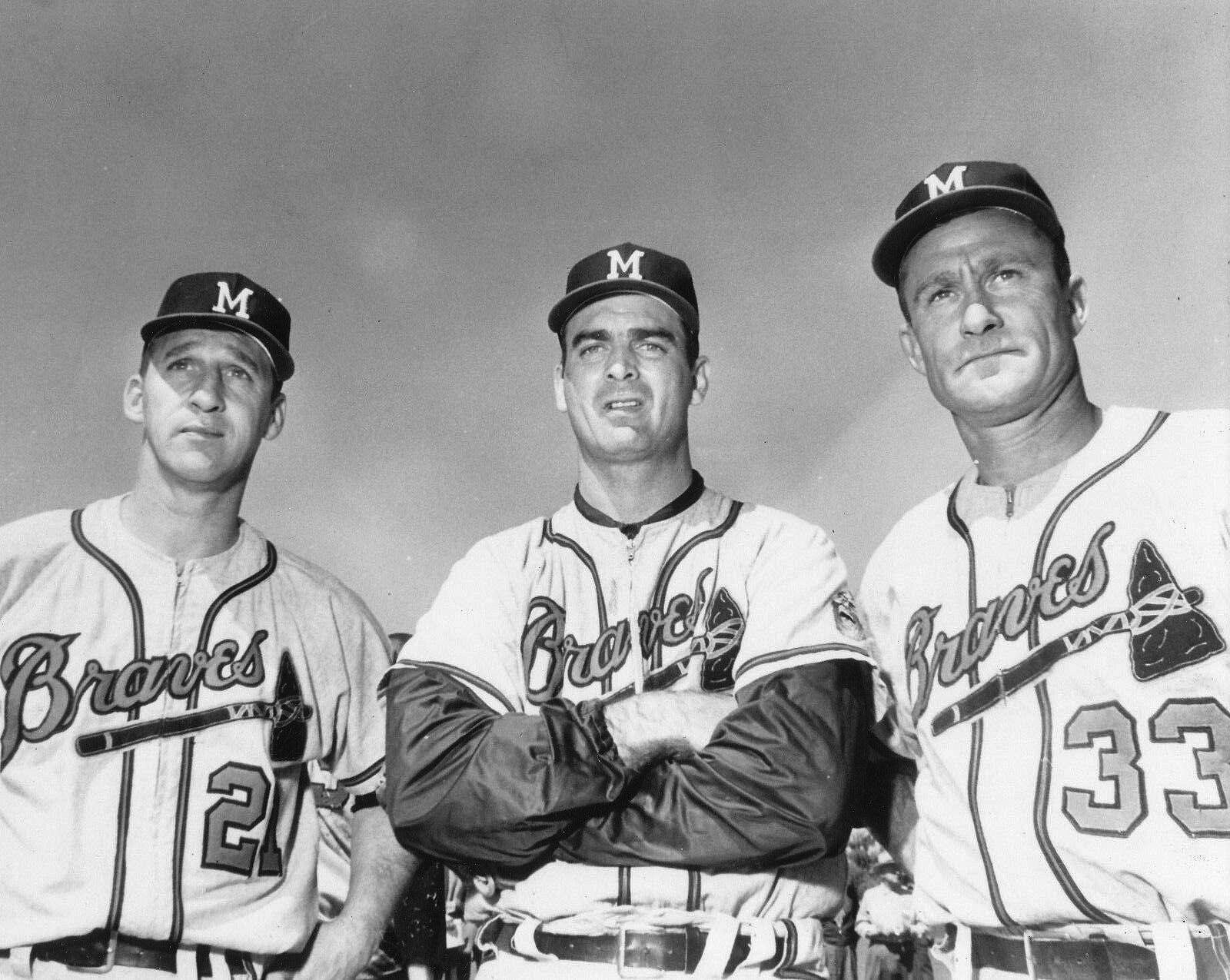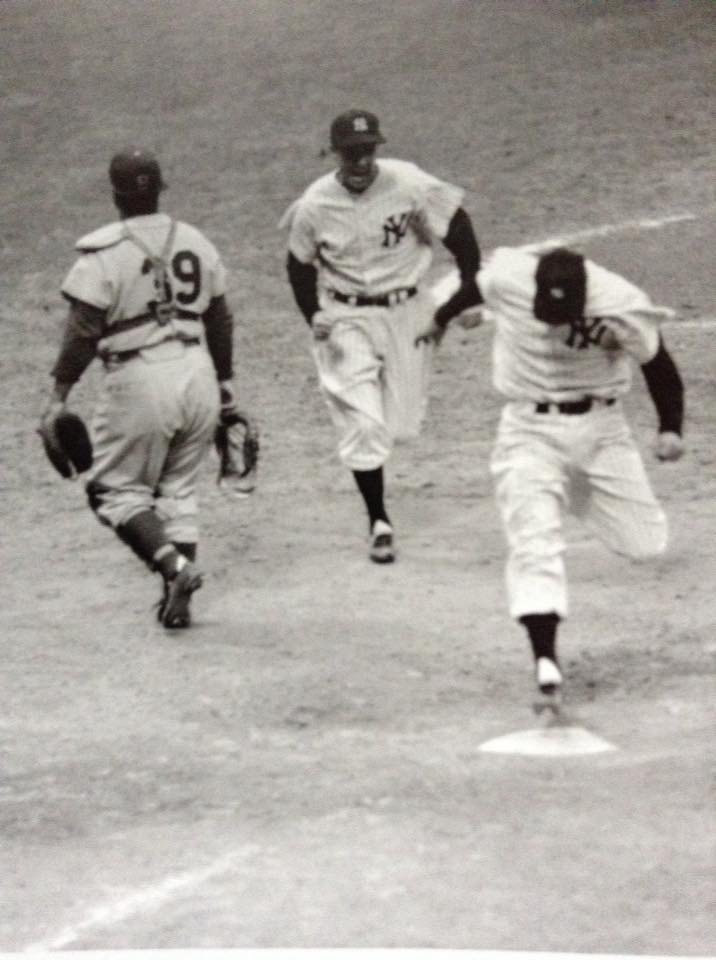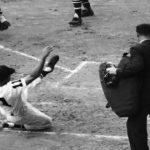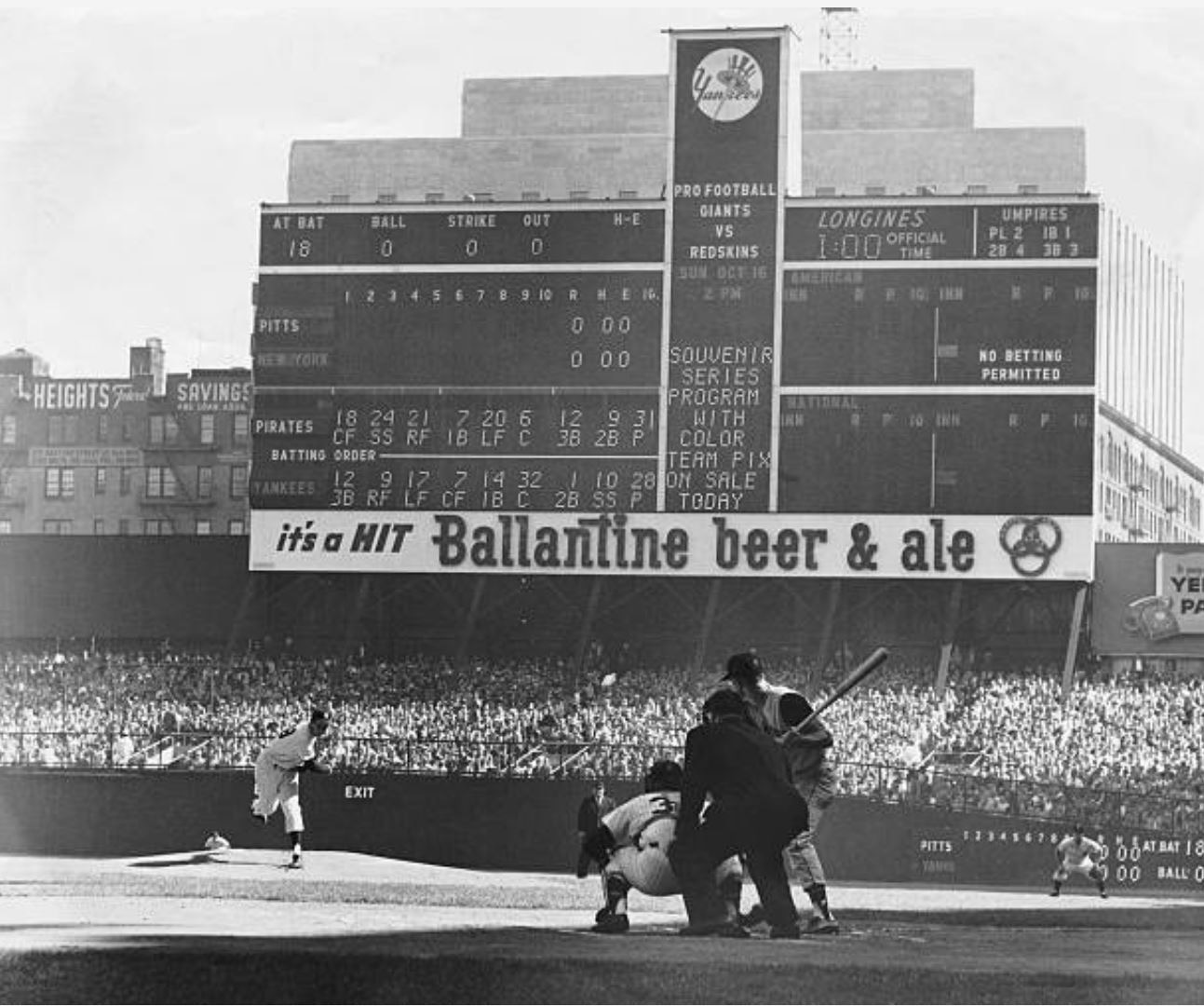Gil McDougald
Positions: Second Baseman, Third Baseman and Shortstop
Bats: Right • Throws: Right
6-0, 175lb (183cm, 79kg)
Born: May 19, 1928 in San Francisco, CA
Died: November 28, 2010 in Monmouth County, NJ
Buried: St. Catherine Cemetery, Sea Girt, NJ
High School: Commerce HS (San Francisco, CA)
School: University of San Francisco (San Francisco, CA)
Debut: April 20, 1951 (8,370th in MLB history)
vs. WSH 1 AB, 0 H, 0 HR, 0 RBI, 0 SB
Last Game: October 2, 1960
vs. BOS 1 AB, 1 H, 0 HR, 0 RBI, 0 SB
Rookie Status: Exceeded rookie limits during 1951 season
Full Name: Gilbert James McDougald
View Player Bio from the SABR BioProject
Nine Players Who Debuted in 1951
Willie Mays
Mickey Mantle
Roy McMillan
Pete Runnels
Frank Thomas
Johnny Logan
Bob Friend
Rocky Bridges
Gil McDougald
Notable Events and Chronology for Career
A gangly teenage basketball star, Gil McDougald did not make his high school baseball team until his senior year, and even then he only appeared in five games as a starter. Nevertheless, a Yankee scout saw something in him and signed him to a rock-bottom contract. Three years later, McDougald was the American League Rookie of the Year, and appeared to have as bright a future as his rookie teammate: Mickey Mantle. Playing any of three infield positions in his ten years with the Yankees, McDougald belted seven home runs in the World Series, earning six rings. In 1957, he hit the infamous line drive that helped curtail the promising career of Cleveland hurler Herb Score.
Description
McDougald had a funny batting stance. He stood with his legs far apart and wide open facing the pitcher, holding the bat below his soulders near his waist at a perpendicular angle. He stood at the far back corner of the batters’ box and used his long arms (he was 6’1″) to cover the plate. Lucky for him, he was successful immediately in the minor leagues, and no one could find any reason to try to fix his strange approach. He batted .340 for Twin Falls in his first professional season, hit .344 and led the league in doubles the next season wuth Class-B Victoria, and batted .326 and was named MVP at Beaumont the following season, playing under Rogers Hornsby.
“that open stance of mine looks daffy,” he said in 1952, “but it’s done much for me. I devised it in order to be able to hit the curveball, and now the kids are imitating me.”
Best Season: 1951
We would have to do a study on this, and someday we will, but there were probably more first-season career-years in the 1940s and 1950s than any other period. It might be that the pitchers of that era, for whatever reason, took a while to figure out young hitters and refused to pitch them differently until they had one year under their belt. That’s an unproven hypothesis. McDougald had his best offensive season as a rookie, hitting .306 with a career-high .488 slugging percentage and a .396 OBP. It’s likely he saw a lot of fastballs that season, and was fed a diet of breaking pitches after that.
Post-Season Notes
He hit a grand slam off the Giants’ Larry Jansen in the Yankees 13-1 rout in Game Five of the 1951 Series… In the ’52 Series, McDougald hit a homer off Joe Black of the Dodgers in Game One. The following fall, he belted another homer off Black in the Fall Classic, in Game Five, and hit a homer off Billy Loes in Game Four… He homered off Carl Erskine in the first inning of Game Four of the 1955 Series, and clubbed two more homers against the Braves in the 1958 World Series. In Game Five, he victimized Lew Burdette, and his two-run homer off Warren Spahn in the top of the tenth proved to be the game-winner in Game Six. He could very easily have been named MVP of the 1958 Series. In all, McDougald had 24 RBI and scored 23 runs in 52 World Series games, in eight different series.
Factoids, Quotes, Milestones and Odd Facts
Played For
New York Yankees (1951-1960)
Linked: McDougald was the lates in a line of infielders the Yankees developed out of San Francisco, including Tony Lazzeri, Frank Crosetti, and Jerry Coleman… McDougald played for Rogers Hornsby in the minor leagues, and the Hall of Fame second baseman predicted stardom for the infielder.
Best Season, 1951
We would have to do a study on this, and someday we will, but there were probably more first-season career-years in the 1940s and 1950s than any other period. It might be that the pitchers of that era, for whatever reason, took a while to figure out young hitters and refused to pitch them differently until they had one year under their belt. That’s an unproven hypothesis. McDougald had his best offensive season as a rookie, hitting .306 with a career-high .488 slugging percentage and a .396 OBP. It’s likely he saw a lot of fastballs that season, and was fed a diet of breaking pitches after that.
Awards and Honors
1951 AL Rookie of the Year
Post-Season Appearances
1951 World Series
1952 World Series
1953 World Series
1955 World Series
1956 World Series
1957 World Series
1958 World Series
1960 World Series
Description
McDougald had a funny batting stance. He stood with his legs far apart and wide open facing the pitcher, holding the bat below his soulders near his waist at a perpendicular angle. He stood at the far back corner of the batters’ box and used his long arms (he was 6’1″) to cover the plate. Lucky for him, he was successful immediately in the minor leagues, and no one could find any reason to try to fix his strange approach. He batted .340 for Twin Falls in his first professional season, hit .344 and led the league in doubles the next season wuth Class-B Victoria, and batted .326 and was named MVP at Beaumont the following season, playing under Rogers Hornsby.
“that open stance of mine looks daffy,” he said in 1952, “but it’s done much for me. I devised it in order to be able to hit the curveball, and now the kids are imitating me.”
Post-Season Notes
He hit a grand slam off the Giants’ Larry Jansen in the Yankees 13-1 rout in Game Five of the 1951 Series… In the ’52 Series, McDougald hit a homer off Joe Black of the Dodgers in Game One. The following fall, he belted another homer off Black in the Fall Classic, in Game Five, and hit a homer off Billy Loes in Game Four… He homered off Carl Erskine in the first inning of Game Four of the 1955 Series, and clubbed two more homers against the Braves in the 1958 World Series. In Game Five, he victimized Lew Burdette, and his two-run homer off Warren Spahn in the top of the tenth proved to be the game-winner in Game Six. He could very easily have been named MVP of the 1958 Series. In all, McDougald had 24 RBI and scored 23 runs in 52 World Series games, in eight different series.
Feats: In 1951, in a game against the Browns, McDougald drove in six runs in one inning. He hit a two-run triple and a grand slam.
Notes
He gained 13 pounds during his rookie season… Was signed by famous Yankee scout Joe Devine.
Quotes From McDougald
“I have had my good days, I have had my bad days. It’s a tremendous kick to be with a great gang of players like the Yankees, under an understanding, clever pilot like Casey.”
All-Star Selections
1952 AL
1956 AL
1957 AL
1958 AL
1959 AL
Replaced
Veteran third sacker Billy Johnson. McDougald platooned at third with Bobby rown as a rookie, and also spelled Jerry Coleman at second, when needed. Later, McDougald followed Billy Martin at second, and Phil Rizzuto at shortstop.
Replaced By
When youngsters Bobby Richardson and Clete Boyer emerged to fill second and third base, respectively, McDougald’s utility role was no longer needed. The Yankees left him unprotected in the 1961 expansion draft, and he was selected by the Washington Senators. Just 33 years old, McDougald retired rather than report to the Senators.
Largest Weakness as a Player
Going to his right on grounders at second base. Regardless, McDougald preferred playing second to third.
Other Resources & Links

